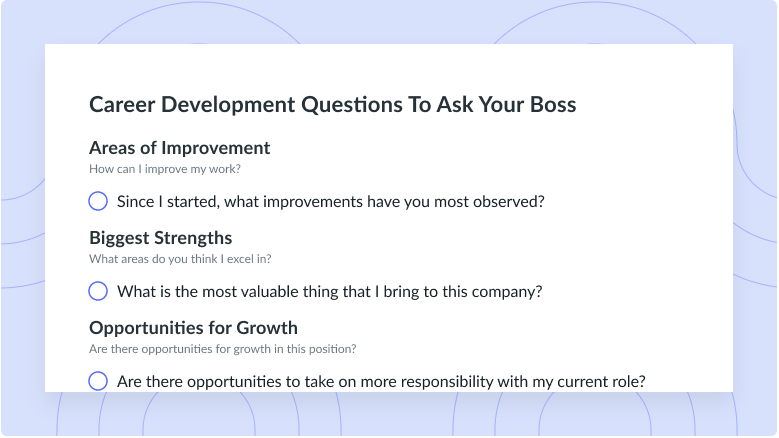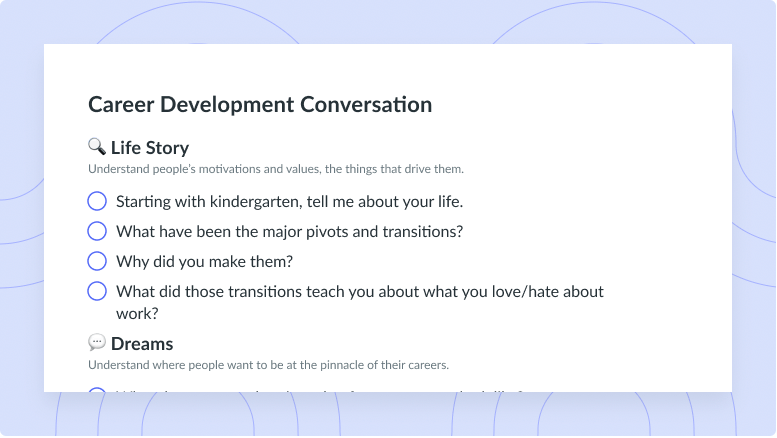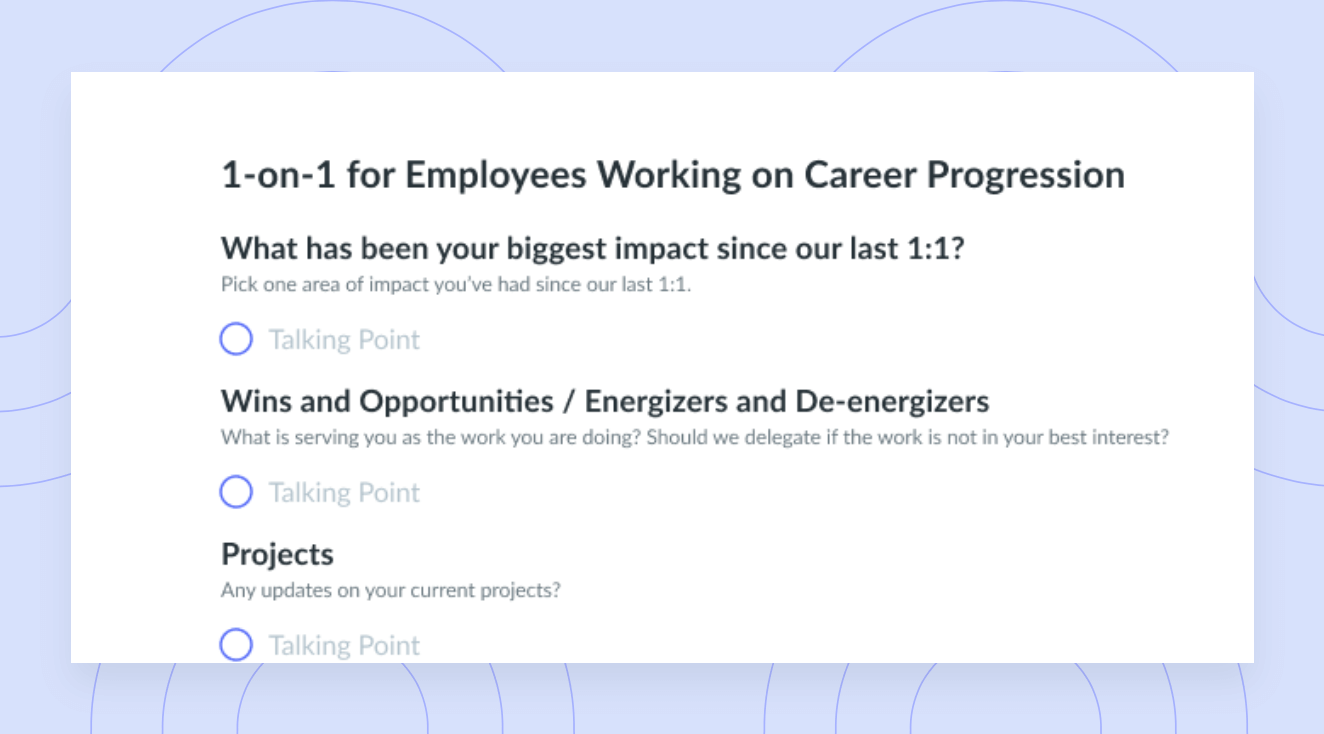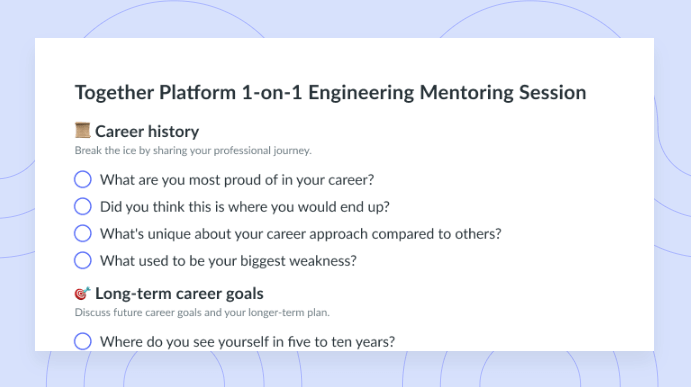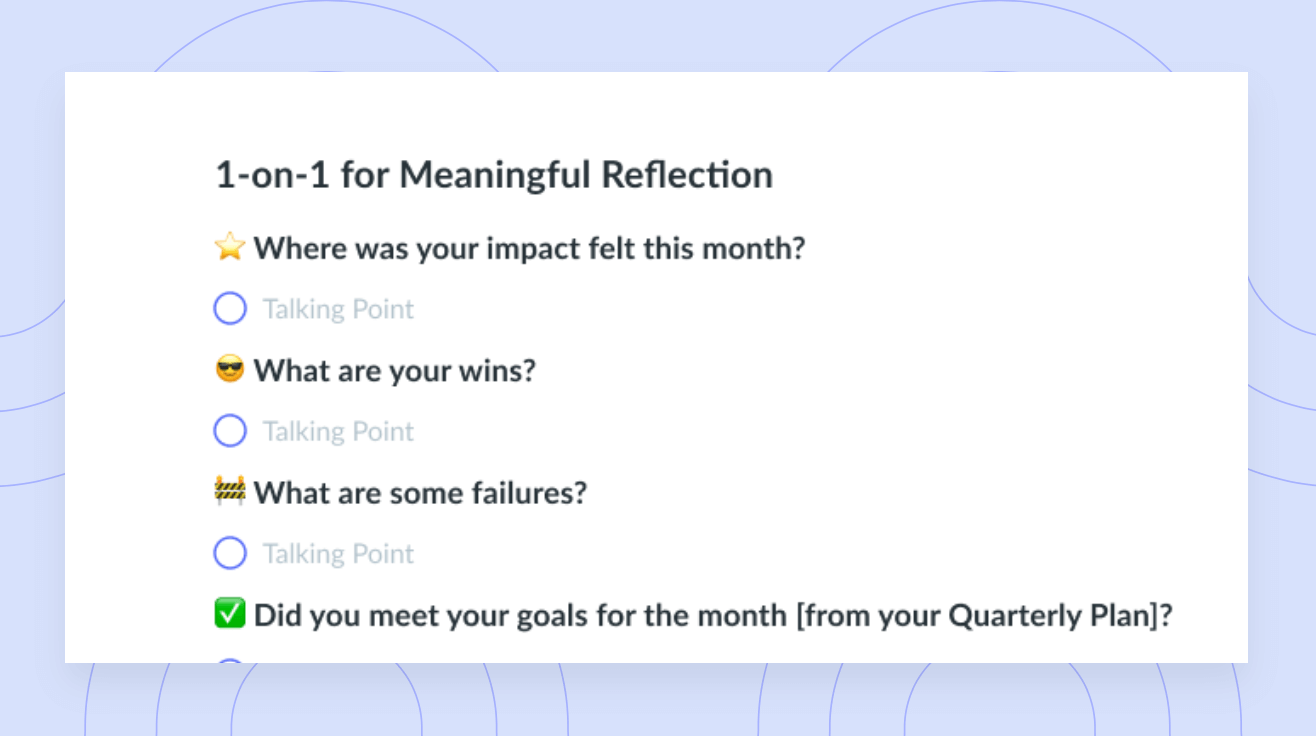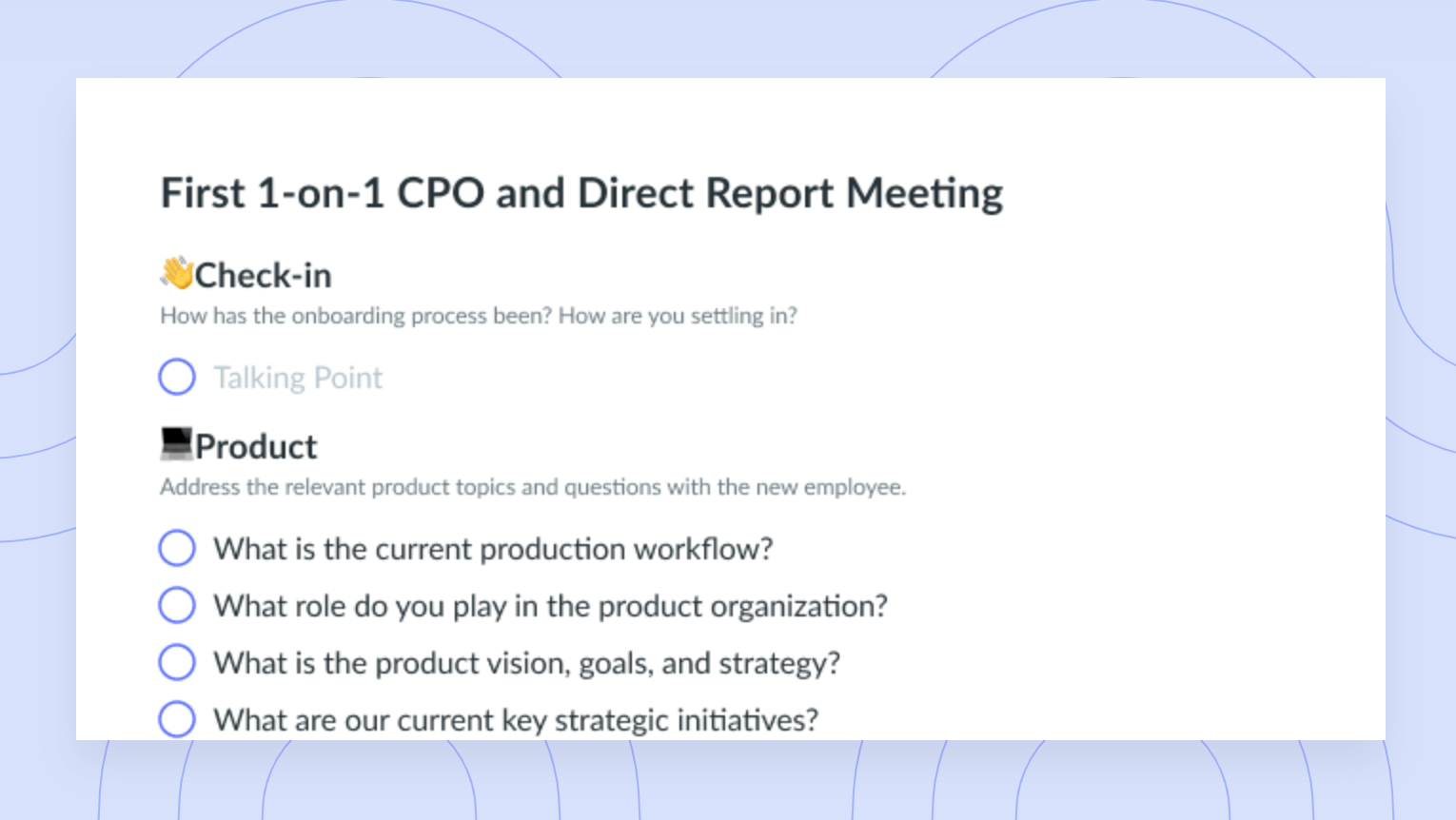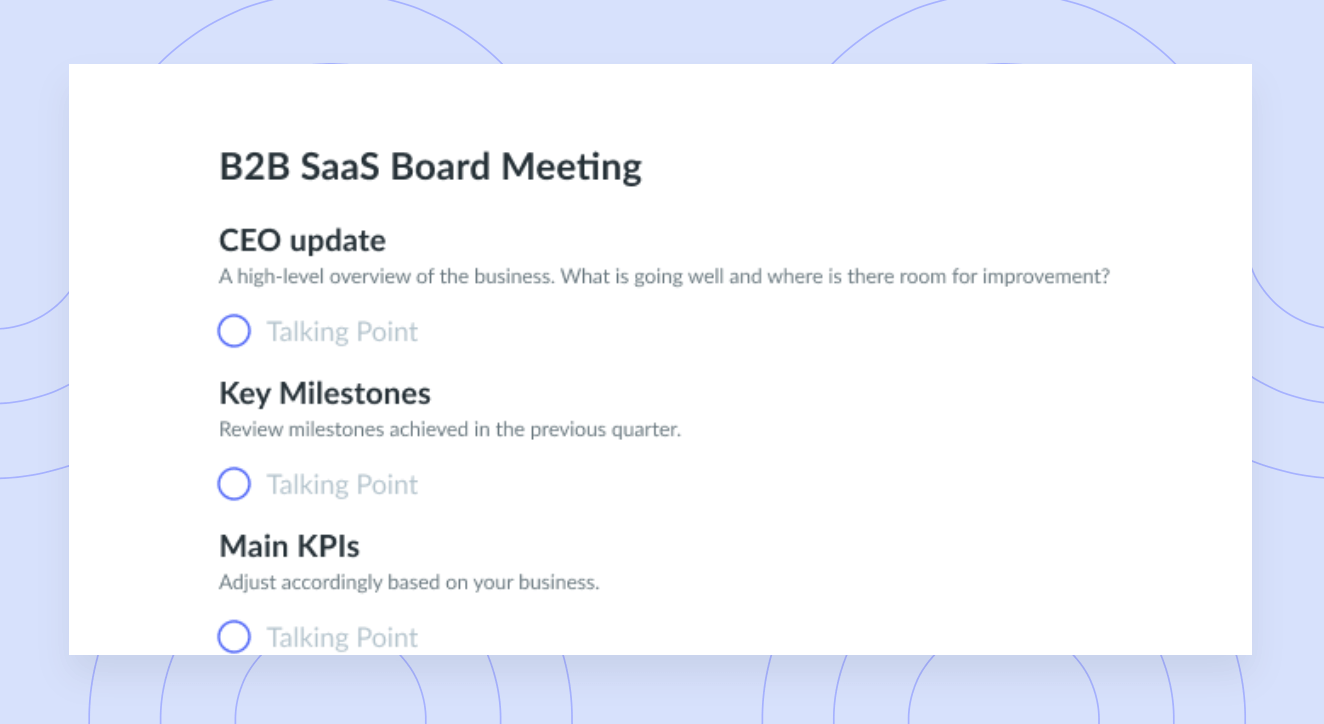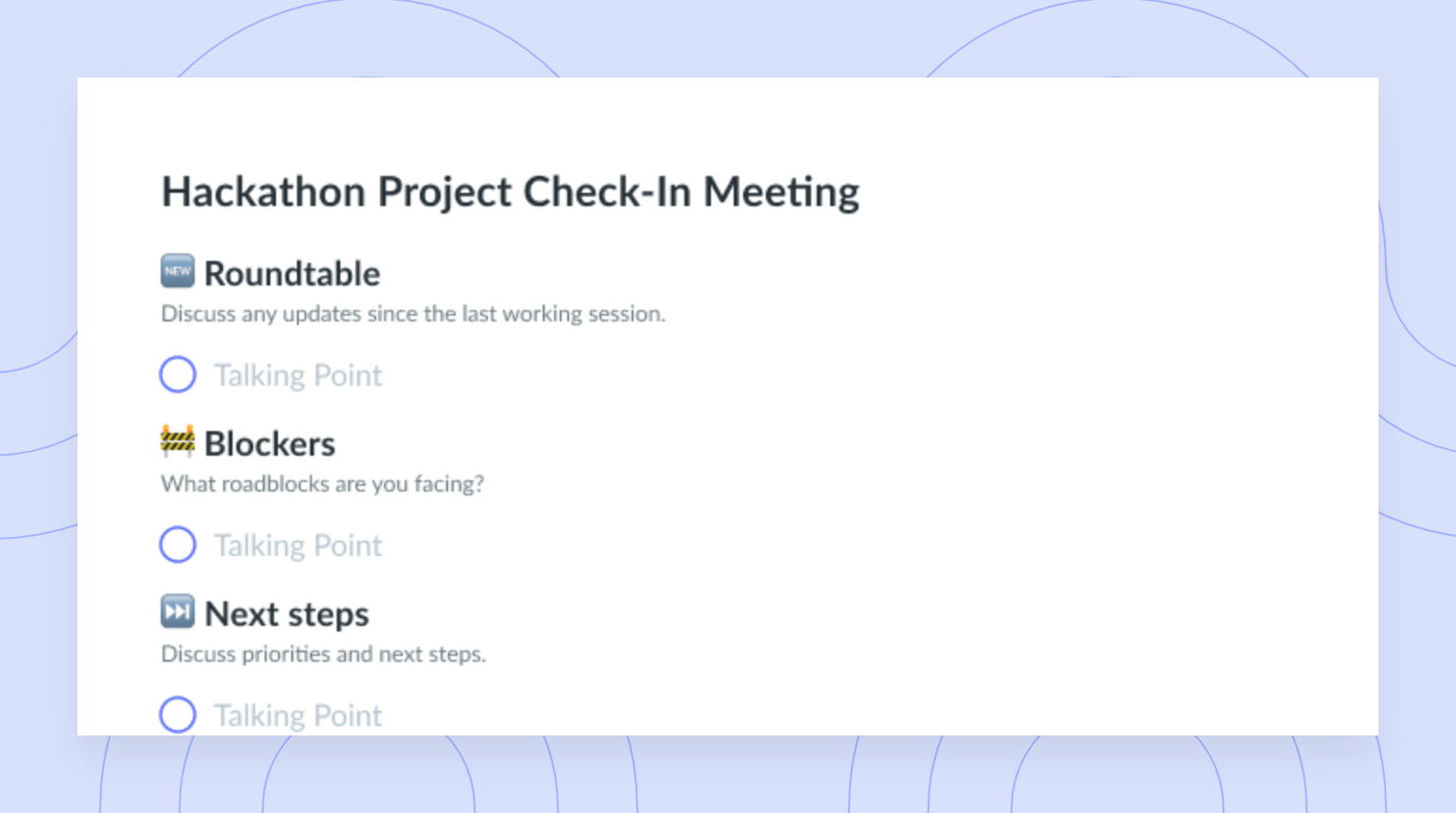5 Tips to Overcome Career Stagnation
You’ve worked so hard to get to where you are in your career, but instead of being filled with excitement, lately you’re brimming with boredom. Could it be? Have you peaked?
Career stagnation happens to the best of us, and it tends to come out of nowhere and hit like a ton of bricks. If you’re scrolling through this post, maybe it’s because you’re feeling like these last few years you’ve been trucking along, super focused on your career – climbing the ladder quickly, working those occasional late nights, getting great performance reviews, and feeling energized about all those new projects and opportunities – and then suddenly wham! despite all your success, you’re bored out of your mind, unengaged and thinking “Ugh, is this it? Is it all downhill from here? Have I peaked?”
Somewhat hilariously, when you Google “How do I know if I’ve peaked?” Google’s answer is simple: “When you’re dead.” And as witty (and insightful!) as this is, it’s not exactly helpful when you’re trying to figure out what to do next.
That sense of having peaked can also be described as mid-career malaise, and it’s that general feeling of “professional discontentment” where you start to ask yourself: Is this what I want to be doing? Will I be happy doing this forever? Is this all there is?
There are indeed ways to pick yourself up out of this professional rut and get your career back into an upswing. Here are the top 5 tips:
- Set short-term micro-goals
- Surround yourself with people
- Learn a new skill
- Find a mentor or coach
- Look for a new opportunity
1 Set a series of small, new, short-term micro-goals
Many of us have been asked the question “Where do you see yourself in five years?” But think about it, five years from now is a long time and that’s one big lofty goal. Plus, if you’re stuck in a rut, you might not even be thinking about your next five-year goal. As Joseph Weintraub, professor of management and organizational behavior, says in this HBR article:
“Five years, in today’s environment, is very hard to predict. Most businesses don’t even know what’s going to be required in two or three years.”
He’s definitely right.
So, instead of thinking about one big goal, try thinking about smaller micro-goals.
Maybe you want to read up on a particular topic or learn a new skill. Whatever it is, imagine these micro-goals are the breadcrumbs leading you to a new exciting future – even though that future might still be murky.
Whether you’re a list person, or you like a good vision board, write your micro-goals down somewhere – anywhere. Writing down your goals codifies them and makes them a real action plan or set of steps for moving forward.
Another tip I often give to those I mentor is to write a CV for your future self. Don’t worry about the timelines and the exact job titles – especially if you’re feeling a bit stuck professionally, as this will add unnecessary pressure to the overall exercise. But rather focus on other elements like:
- How would you like to see yourself described in the future?
- What words would you choose?
- What kind of volunteering would you like to do?
- What kinds of skills do you think your future self would have?
- What kinds of organizations would you like to be associated with?
- What kinds of projects do you think you would like to have under your belt?
Write all of this down in your future CV. I still use this method today to keep myself motivated and moving forward. I may not know exactly what I’m going to do next in my career, but I still have my current CV and my future CV and I update both often!
2 Surround yourself with amazing high-performing people
A month ago, I joined Clubhouse – you know that invitation-only, audio-only social media app where users can host and listen to discussions on a range of topics. After joining several clubs on management and leadership, the advice that I found being shared over and over was this: surround yourself with amazing high-performing people. And it’s superb advice, pure and simple.
You see, when you surround yourself with people who have positive, go-get ‘em attitudes, their energy is contagious and will serve to energize and inspire you. These kinds of people will support you and encourage you to become the best version of yourself and you’ll find it easier to achieve your goals and think clearly about the future. Not sure where to find these people? They can be anywhere.
I was listening recently to Fellow’s Supermanagers podcast where CEO Aydin Mirzaee interviewed Harley Finklestein, President of Shopify. One piece of advice Harley gave was to find people who are incredibly passionate and excellent at what they do and pick their brains – and as he noted, this could be the best parents you know, the local butcher who has a passion for customer service, or the local restaurateur who has created an amazing team environment. Anyone. Anywhere. Anytime.
Listen to the podcast episode here:
So next time you’re on Twitter, Clubhouse, or simply out and about in your neighbourhood, pay attention to those people who inspire you and don’t be afraid to strike up a conversation.
3 Learn a new skill
Oftentimes when people hear “learn a new skill” they think about taking a course or going back to school, and although this is one way to do it, it’s not the only way.
About 8 years ago, I found myself in a bit of a career rut myself. I loved my job but I had accomplished everything I had originally set out to do and nothing was new and exciting anymore. Every day and every project was “same old, same old.” I was frustrated and unchallenged. I was worried my skills were going to start to atrophy and that I’d never be able to find a new exciting job if I let myself coast.
And so, I started volunteering. I sat on local committees and boards where I could lend my skills in communication and PR and I began to take on new challenges such as roles in finance and event planning. Eventually my volunteering career led to bigger opportunities to chair committees and lead boards, which enabled me to learn about governance, operating non-profits, bylaws, and accounting. I also found opportunities to speak at events, travel internationally, and connect with new people from a variety of industries.
Sometimes learning a new skill can indeed come in the shape of a course, but sometimes if you try your hat at volunteering or sitting on a governing board, you’ll learn a whole host of skills you never even knew you needed or were missing.
4 Find a mentor or coach
Finding a mentor or a coach who you click with is tricky work and knowing the difference between a mentor and a coach is also important.
A mentor is usually someone who is senior in their career who volunteers their time to lend their expertise and knowledge to someone more junior in their career, guiding and advising them over a period of time. Mentor-mentee relationships can be formed organically, perhaps through a working relationship, or they can be created through a formalized program.
A coach on the other hand, is usually a trained professional who provides a paid service and who asks powerful questions to help an individual set goals and work toward those goals.
If you’re having trouble seeing the forest through the trees or knowing exactly what to do next, consider looking for a mentorship program in your industry or seek out the services of a paid professional coach. I have used both throughout my career and they both provide incredible value, especially when you might just need that extra kick or push forward.
Fellow wrote a great post about mentor meetings that you can check out if you’re not sure about where to start.
5 Look for a new opportunity, not just a new job
At the end of the day, sometimes the best way to overcome career stagnation is to look for a new and exciting opportunity. This is particularly true for those working in non-profits or incredibly “flat” organizations where room for growth and movement might be limited. If you do decide to look for a new opportunity and perhaps even make a job change, be sure you’re looking for something that comes with new challenges, as a horizontal move might not exactly get you out of that professional rut. Also, do a bit of a gut check to ensure you really are excited about the new position and not just riding the high of “getting picked” for the job.
Finally, remember that new opportunities don’t always mean getting an entirely new job. Side hustles are all the rage these days. I personally have always had multiple jobs, even before the label “side-hustle” became a thing. If there’s something you’re passionate about but not yet ready to make it your full-time gig, try it out as a side hustle first, have a bit of fun, and get that energy and inspiration back.
Parting advice
When it comes to career stagnation, everyone is different and every situation is unique. Figuring out how to dig yourself out of that professional rut may indeed take some time and a lot of effort. But whatever you do, don’t give up. Keep moving forward, keep growing, ask for help if you need it, and keep searching for opportunities and work that bring you excitement and joy. And don’t worry – no, you have not peaked.









